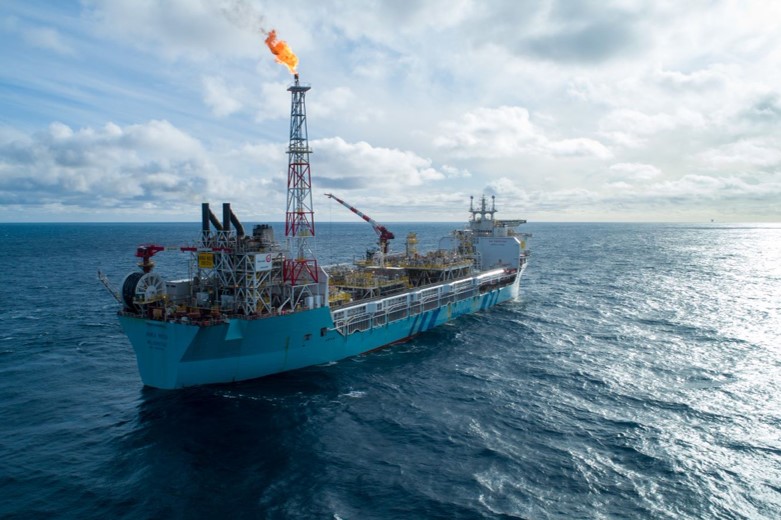Whilst Hurricane Energy’s share price is still very much depressed following the reserves and resources write-off earlier this year – north of 40 GBX in 2019-2020 versus around 2 GBX at the moment – it must be said that the operator of the Lancaster field West of Shetland cannot be too downbeat about the production figures from the single well development.
Analysis of water oil ratios based on data published through the OGA website suggests that the field is performing better than the most optimistic case as presented in the Competent Person’s Report published earlier this year. As the diagram below shows, the WORs are still plotting below the “CPR P6 High” trend, which suggests that the total connected volume of oil can be greater than what was predicted to be present in basement, fractures, granite wash and the overlying Jurassic and Cretaceous sandstones combined.

This is not too much of a change with respect to our previous reports on Lancaster, but rather a confirmation of a trend already seen. And again, it is likely that production relies much more on the clastic wedge overlying basement than Hurricane probably had foreseen when it decided on the field development plan. The data presented below further support this.
A normal field after all?
When normalizing the WOR to a WOR100 recovery – that is, normalize the actual cumulative production against the WOR100 extrapolated volume of 67 MMbo (the CPR High Case), it is possible to compare the WOR trend observed in Lancaster against other fields for which the same normalisation was performed. This is shown in the graph below, where a selection of West of Shetland producing fields has been plotted together with Lancaster.

The main message to take away from this diagram is that Lancaster production seems to behave in the same way as “normal” clastic fields such as Clair, Foinhaven, Loyal and Schiehallion. In fact, even though the reservoir architecture of Clair (Devono-Carboniferous sandstones) is quite different from Schiehallion (Paleocene turbidites), the WOR trends shown by these fields are comparable.
It is this observation that forms additional support that Lancaster is much more dependent on production from the clastic wedge than initially foreseen. It can be expected that water breakthrough would have occurred already – leading to higher WORs – in a scenario where oil would have been produced from fractured basement only. In that sense, it may be time to revisit the notion that Lancaster is a fractured basement development.
ANALYSIS: TONY PETERS
TEXT: HENK KOMBRINK





